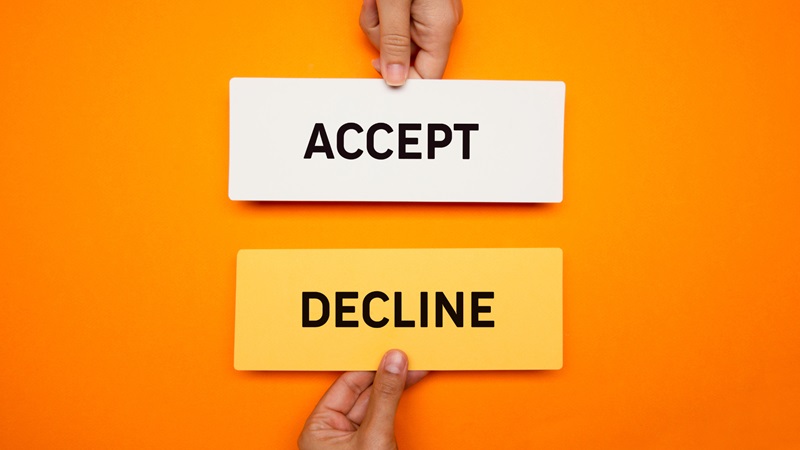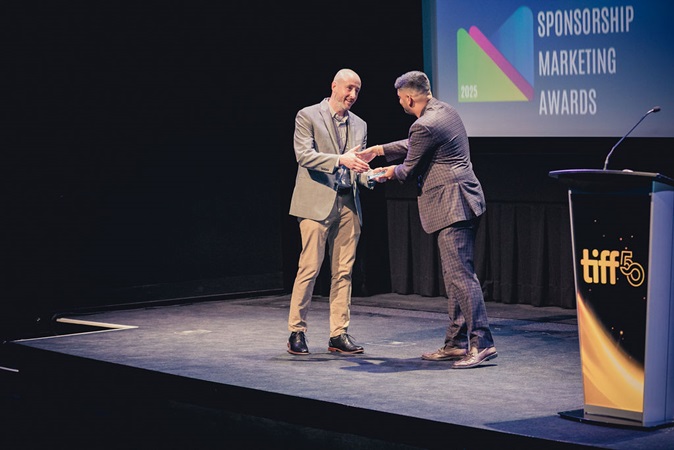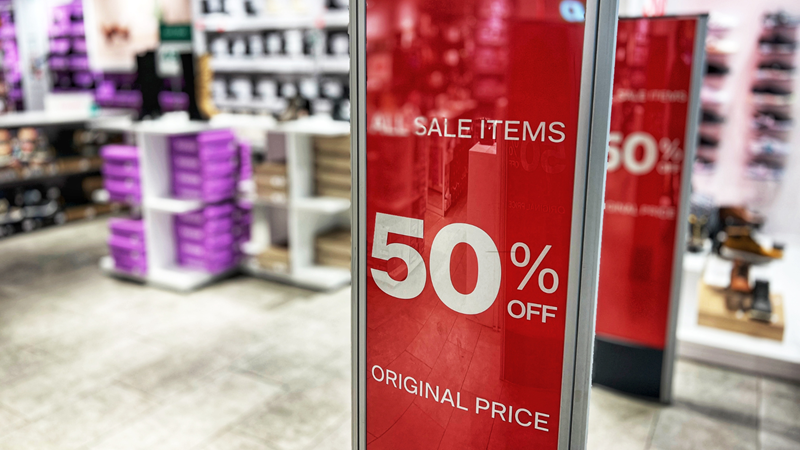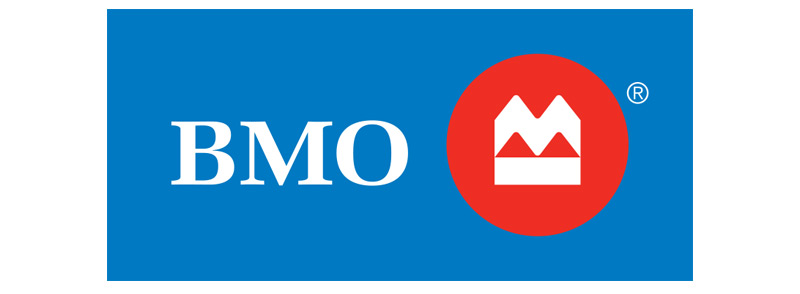Is branding dead?
Branding is not dead. And it’s not going anywhere.
This is Part 1 of a blog series from the CMA Brand Council on “The Brand of Brands.”
There seems to be a rise in people claiming branding to be dead. They point to price and convenience driving purchase decisions and performance marketing driving measurable sales. But the real issue is the misunderstanding of what a brand is in the first place.
In this special three-part series, you’ll hear three distinct takes from three experienced marketers on the health of brands and how they are actually evolving into something more powerful than ever.
The origins of branding: A reminder of why brands matter
To understand why a brand is so powerful, we need to first take a step back and explore its origins.
Branding is as old as human civilization. Originally, ancient merchants would brand their cattle and goods to signify ownership. Then, the modern concept of branding took shape in the industrial era. As companies began mass-producing goods, consumers needed a way to differentiate similar products. Companies like Coca-Cola, Kellogg’s, and Heinz made a name for themselves by turning ordinary products into symbols of quality and consistency.
Fast forward to today, and branding isn’t just about selling products—it’s about experiences, communities and beliefs. Red Bull doesn’t just sell energy drinks; they sell living life on the edge.
At its core, the value of branding was its ability to reduce uncertainty, signal trust and foster loyalty —all of which still holds true today.
Branding defined: Clearing up the confusion
If you’re one to think branding is dead, what you think you know about branding is likely wrong. Let’s set the record straight by clarifying what a brand is and what it is not:
- A brand is not a logo, tagline or product. Many people confuse branding with a visual identity. Something they can point to. A brand exists beyond visuals. It’s the reputation and emotions people associate with it.
- A brand is not owned by marketers. Many companies believe that a brand is what they tell people it is (i.e. mission, vision, values). But a brand is co-created. Marketers shape it, and consumers are the ones to truly define it.
- A brand is not a relationship. Some brands can build long-term emotional connections with people. Although relationships matter, they’re stronger in some industries than others (i.e. luxury) and that’s okay.
To boil it down to a single idea, we could define a brand as a ‘perception’—a feeling people have about a company, a product or even a person. It’s a culmination of all messaging across all touchpoints. It’s the instinct that tells you Volvo is for safety or Nike is for winners. A brand exists in the minds of consumers.
If branding was dead, we wouldn’t see people camping outside Apple stores for a new iPhone. But that just scratches the surface. Let’s go deeper—because branding isn’t just a business tactic. It’s human nature.
Branding satisfies our deepest human needs
Understanding that brands are feelings and perceptions, it’s crucial for us to understand why people feel and perceive things the way they do. Branding isn’t just a marketing function—it’s hardwired into our behaviour and fundamental to how we navigate the world. We instinctively assign meaning to symbols and align ourselves with tribes that reinforce our identity. Brands influence our choices because they play directly into our core psychological needs:
- The need for identity (“who am I?”) – We seek self-identification and use brands to express who we are (or want to be). Owning a Patagonia jacket signals environmental consciousness.
- The need for belonging (“where do I fit?”) – We seek social connection, and brands help us find like-minded people. They help us create communities. Harley-Davidson riders don’t just buy a motorcycle; they join a brotherhood.
- The need for security (“what can I rely on?”) – We crave certainty and use brands as mental shortcuts to reduce decision fatigue. You don’t waste time researching toothpaste because you trust Crest to deliver the quality you expect.
- The need for status (“how do others see me?”) – We crave validation, and premium brands thrive on this. Wearing a Rolex signals power and success in ways no words can.
- The best brands don’t just sell products. They satisfy these deep psychological needs, making them feel indispensable in consumers’ lives.
Final thoughts: Branding is more alive than ever
Branding isn’t dying—it’s just evolving. It’s becoming more human. More a part of our culture. Old-school brand elements like passive logos, empty slogans and top-down messages may be disappearing, but branding itself is alive and well.
Whether you realize it or not, you’re participating in branding every day—through the clothes you wear, the tech you use and the stores you shop at. Branding isn’t dead. It’s who we are.
Stay tuned for Part 2 of the series, which takes a different angle on the topic, and explores how the role of brand may be adapting to the changing ways we think, research and purchase today.




































